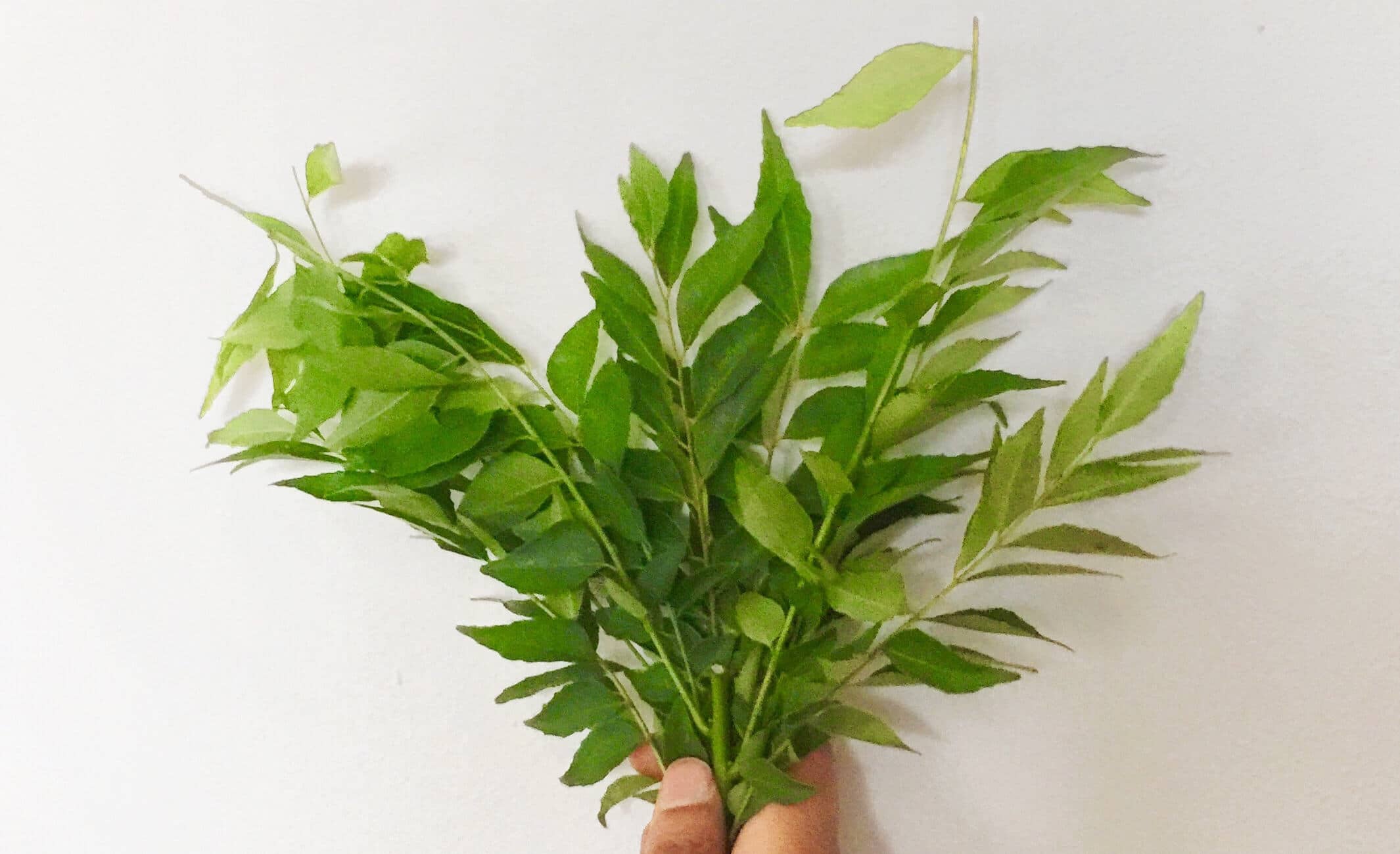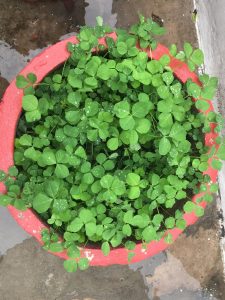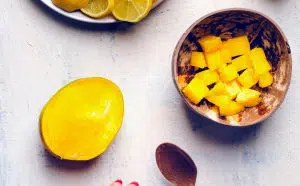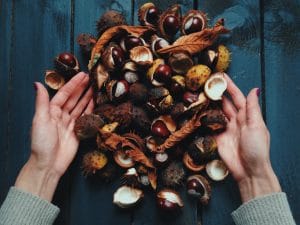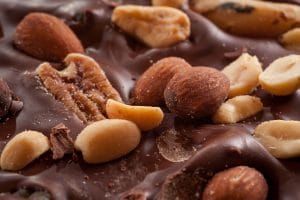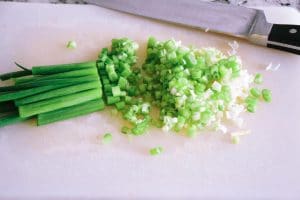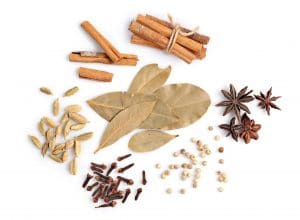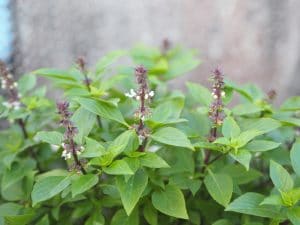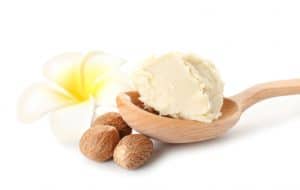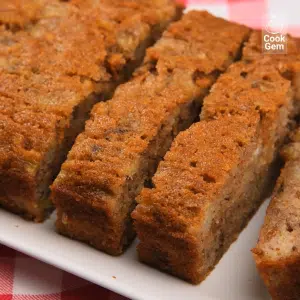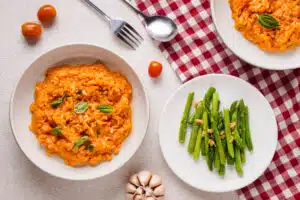Best Substitutes For Curry Leaves
Important Note: When you buy through our links, we may earn a commission. As an Amazon Associate we earn from qualifying purchases. Content, pricing, offers and availability are subject to change at any time - more info.
If you have ever eaten an authentic Indian curry, you would know that the flavor and taste come from a combination of roasted and ground whole spices with a blend of chili and turmeric powders. Another very distinctive flavor comes through: the curry leaves, also known as kadi Patta. When preparing your rich, flavorful curry, and you cannot find curry leaves in your local spice store, your only option would be to find a substitute for curry leaves.
A few good substitutes for curry leaves can be lime zest, bay leaves, basil leaves, and lemon balm. If you have fresh coriander leaves or coriander seeds available, these can also substitute curry leaves. Curry leave oil is another alternative to using for curry leaves.
In my post, I am going to provide you with a few other suitable substitutes for curry leaves, so that you can still enjoy any of your favorite Asian dishes.
Common Substitutes For Curry Leaves
We all are aware of these ingredients but would never think they may be similar in taste to curry leaves. Below is some produce you may consider using as substitutes for curry leaves.
Lime Zest As A Substitute For Curry Leaves
Lime zest refers to the rind or skin of the lime. It has an intensely aromatic, citrusy smell and taste. The strong citrus smell and taste enhance the taste of the other flavors used in your dish.
Lime zest is one of the better substitutes for curry leaves because of the strong citrus taste and smell. Culinary experts use lime leaves in Asian dishes, meats, fish, prawns, seafood, rice, and curries. Quantity-wise, one zested lime is equivalent to eight curry leaves.
Bay-Leaves As A Substitute For Curry Leaves
Bay leaves are the main ingredient in Mediterranean cooking. Many cooks from the South Asian Continent use the leaves in many Indian dishes. Bay leaves have a sweet and savory taste, which is much like curry leaves. They also work well with many Asian herbs and spices.
Bay leaves can be pretty intense in quantity, so use less than one bay leaf for half a cup of curry leaves. You may add bay leaves to stews, soups, and comfort foods that need this infusion of flavors.
Lemon Balm As A Substitute For Curry Leaves
Lemon balm belongs to a cousin of the mint family. The refreshing taste and aroma are similar to those of curry leaves. When preparing stuffing, salads, and soups, lemon balm leaves add a nice lemony flavor.
When using the lemon balm as a substitute for curry leaves, you may use two lemon balm leaves to replace three curry leaves. Lemon balm is good for relieving stress, anxiety, insomnia, and indigestion.
Basil Leaves As A Substitute For Curry Leaves
Basil, popularly used in Mediterranean dishes, can be easily substituted for curry leaves in most of your curries or other Asian dishes. Basil leaves have a sweet, floral taste to them. They cannot be used on their own when preparing any savory dish.
If you are looking for a taste similar to curry leaves, consider using lemon juice along with the lemon zest to offset the natural sweetness of basil. To substitute basil for curry leaves, you will need approximately half a cup of basil leaves with a dash of lemon juice.
Coriander As A Substitute For Curry Leaves
If using fresh herbs as a substitute for curry leaves, you may also consider coriander. Many chefs, as well as cooks, make use of coriander in their cooking. Both the seeds and the fresh herbs are widely used in Asian and South Asian cuisine.
Coriander seeds are one of the ingredients used in the making of curry powder. In South Asian cooking, culinary experts use stems, leaves, and roots of the coriander herb. The coriander plant has numerous health benefits, so many cooks use this herb in South Asian cooking.
You can use a handful of fresh coriander leaves when using coriander as a substitute for curry leaves. If using the seeds, you may use approximately a teaspoon of dry roasted and ground coriander seeds when cooking.
Lemon Zest As A Substitute For Curry Leaves
Another excellent substitute for curry leaves is lemon zest. The oil in the rind lends a pungent, quite tangy-citrusy-fresh taste.
Use it in every dish, from Asian to European, from fresh salads and dips to stews, broths, meaty and veggie stews, rice dishes, and of course curries.
Origins Of The Curry Leaf
Curry leaves are from a subtropical tree that grows in India known as “sweet neem.” The tree belongs to the citrus family, and as such, the leaves offer a slightly citrus taste, very similar to lemon or lime, with a bit more earthiness.
Curry leaves are fresh, warm with a pungent aroma that many cooks have compared to aniseed or anise. It is widely used in many South Asian dishes and has also found its way into ayurvedic treatments.
What You Need To Know About Curry Leaves
Curry leaves can be difficult to find in certain parts of the world due to concerns about spreading citrus greening diseases linked to the curry leaf tree. It is no surprise that it led to many culinary experts finding other substitutes.
As you may have figured, curry leaves feature heavily in Asian cooking. In particular, South Indian cooking is often used alongside ghee and other spices as the base ingredient for curries and other recipes.
Many Ayurvedic practitioners have been using curry leaves in Ayurvedic medicine. In Ayurveda, the leaves have properties that can help regulate cholesterol and blood sugar levels, are anti-inflammatory and anti-bacterial.
How To Identify A Curry Leaf
Curry leaves are shiny and dark green, having an almond shape. The leaves are attached to a very long stem. Before adding the curry leaves to your dish, you may remove the stems. To some extent, they are similar in appearance to bay leaves.
Nutritional Information Of Curry Leaves
Curry leaves also contain a large number of nutrients beneficial for your well-being. Consuming raw curry leaves will revitalize your skin and strengthen your hair. This benefit is possible since the leaves contain Vitamins (A, B, C, and E), fiber, calcium, iron, and carbohydrates.
Moreover, the high levels of antioxidants in curry leaves can prevent the formation of bad cholesterol (LDL). Therefore, the proportion of good cholesterol (HDL) cholesterol in your body increases, allowing you to keep away heart diseases.
Can I Substitute Dry Curry Leaves for Fresh Curry Leaves?
On the off chance you find fresh curry leaves, you may dry them to have a longer shelf life. Once dried, any Ayurvedic practitioner or culinary expert may use them when cooking or preparing Ayurvedic treatments.
Curry leaves are best dried in the shade as direct sun damages the flavor of the leaves. Once dried, you may store it in airtight containers. The dried leaves will be kept for a while if stored under dry conditions.
You may also freeze your fresh curry leaves, and you can then use the freeze-dried leaves as a substitute for the fresh leaves in your cooking. To dry freeze curry leaves, place them on a baking sheet and into the freezer.
The freeze-dried leaves are put into freezer-safe containers until the next time you prepare your favorite Asian dish or curry. The general rule of thumb for using the dry leaves over the fresh ones is to use half the required amount of dried leaves.
Can I Substitute Curry Powder For Curry Leaves?
Curry powder, just like garam masala, is a blend of roasted and ground whole spices. These ground spices are what give you that unique taste to your curries or other South Asian dishes.
The love of curry, a dish that has been adopted and adapted after India’s colonization, is an echo of when the sun never set on the British Empire. Through the 1800s, the curry was a typical dish, and curry powder became a familiar flavor.
The expense of shipping spices to the colonies and Britain was probably the primary reason blended, pre-made curry powder became common. Curry leaves have a pungent aroma and flavor, which is unique and very difficult to replicate. It gives a different, unique taste to your dish.
Although many cooks use curry leaves as an ingredient in the preparation of curry powder, it is not recommended that you substitute curry powder for curry leaves. A vital point to be noted here is that there is no such thing as curry powder or its relation with curry leaves in India.
Substituting Curry Leaf Oil For Fresh Curry Leaves
On the South Asian continent, Ayurvedic practitioners use natural products in the preparation of medicinal treatments. Curry leaves have anti-diabetic, antioxidant, anti-inflammatory, and anti-carcinogenic properties.
Ayurvedic doctors believe the leaves have properties that help regulate cholesterol and blood sugar levels. Therefore curry leaves are very widely used in Ayurveda, the ancient medical techniques of India.
A significant point to remember is to inform your medical health practitioner before taking any alternate medication. When you cannot find fresh curry leaves for Ayurvedic treatments, many Ayurvedic doctors use a combination of coconut oil and fresh curry leaves.
The oil is then applied to the affected parts. Alternatively, curry leaf capsules are also a substitute for fresh curry leaves in your Ayurvedic treatments.
Can Fenugreek Leaves Be Substituted For Curry Leaves?
Fenugreek leaves are native to South Asia and South-Eastern Europe but are now cultivated all over, including North and East Africa, China, and Greece. Fenugreek is the lesser-known relative of the pea family and has many uses as well as health benefits.
These leaves taste similar to maple syrup, with a hint of bitterness, sweetness, and nuttiness all rolled into one. Although used in many Asian dishes and when preparing curry powders and garam masalas, many culinary experts will advise against using fenugreek leaves as a substitute for curry leaves.
How Do I Substitute Curry Leaf Powder For Fresh Curry Leaves?
If you are lucky to find fresh curry leaves on one of your shopping expeditions, a great way of preserving them for use later in your curries, soups, or other Asian dishes is to dry and keep them as a powder.
You may use this powdered form to substitute the fresh leaves in your cooking and some Ayurvedic treatments. The powder may be prepared by first drying the leaves outdoors or in your oven under low heat.
Once the curry leaves have been dried, they are ground, including the stems, into a fine powder. You may have to grind the leaves in small batches to get them into the fine powder.
After grinding the leaves into a fine powder, you may add either rock or crystal salt for longer shelf life. You may use approximately one teaspoon of curry leaf powder to substitute one or two sprigs of curry leaves.
Makrut (Kaffir Lime) Leaves As a Substitute For Curry Leaves
Like the curry leaves, this type of lime leaves has a strong, distinct taste. They also add a citrus note to your dishes and are often used in Asian cooking.
Kaffir Lime Leaves can be used in soups, steamed meats, fish dishes, Thai and Asian food, stir-frying, and especially in curries. They are a great accompaniment to coconut milk. To substitute these lime leaves for curry leaves, you need six Kaffir lime leaves to replace ten curry leaves.
The Makrut, commonly known as the Kaffir leaf, only adds flavor to your dishes. However, it would help if you didn’t eat the leaves.
The leaves will need to be removed before serving, or guests will be asked to remove them before eating. Kaffir lime leaves may be used by:
- Crushing them with a pestle and mortar
- Slicing them with a sharp knife or cutting with a pair of scissors.
- Add them whole to the dish, and allow them to simmer until soft.
Can Neem Leaves Be Used As A Substitute For Curry Leaves?
The Neem tree (Azadirachta indica), also known as margosa, is a fast-growing tree of the mahogany family. Neem leaves have numerous health benefits, and practitioners of Ayurveda are known to use neem leaves in Ayurvedic treatments.
Although the neem leaves look similar to the curry leaves, they are not used in cooking. They are used mainly for medicinal reasons.
Undoubtedly, fresh curry leaves are best in the preparation of Asian dishes. However, should you be unable to find these wonderful aromatic leaves, you will need alternatives.
With this article, I have provided you with a few suggestions that will enhance the taste and flavor of your dishes in the absence of curry leaves. Although you may miss the taste and aroma, you have suitable substitutes that you may use instead of that particular ingredient, curry leaves.
